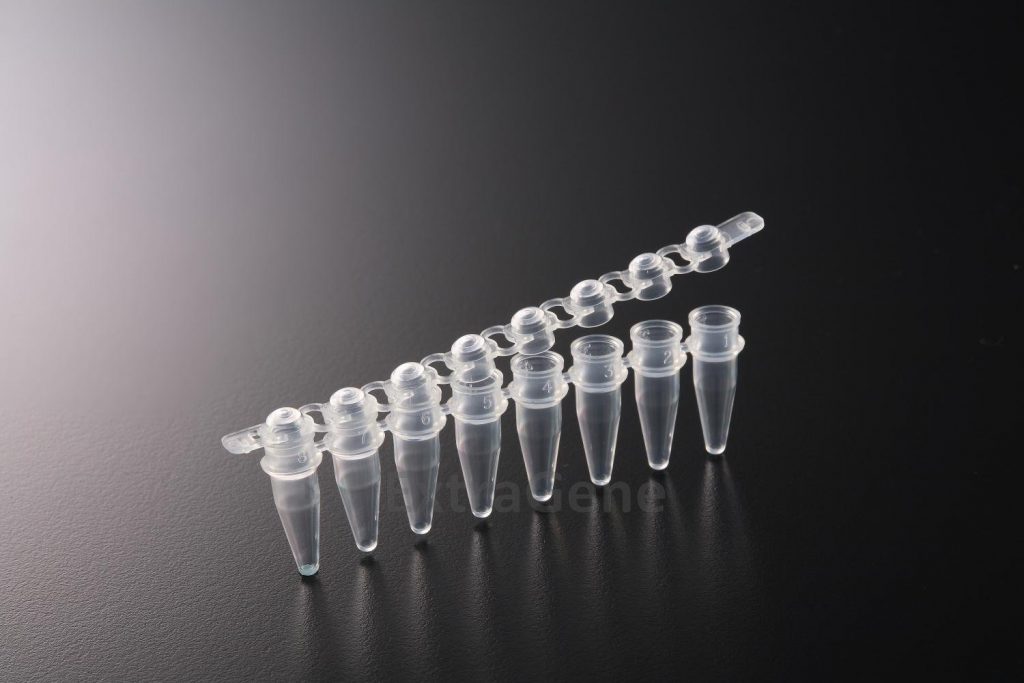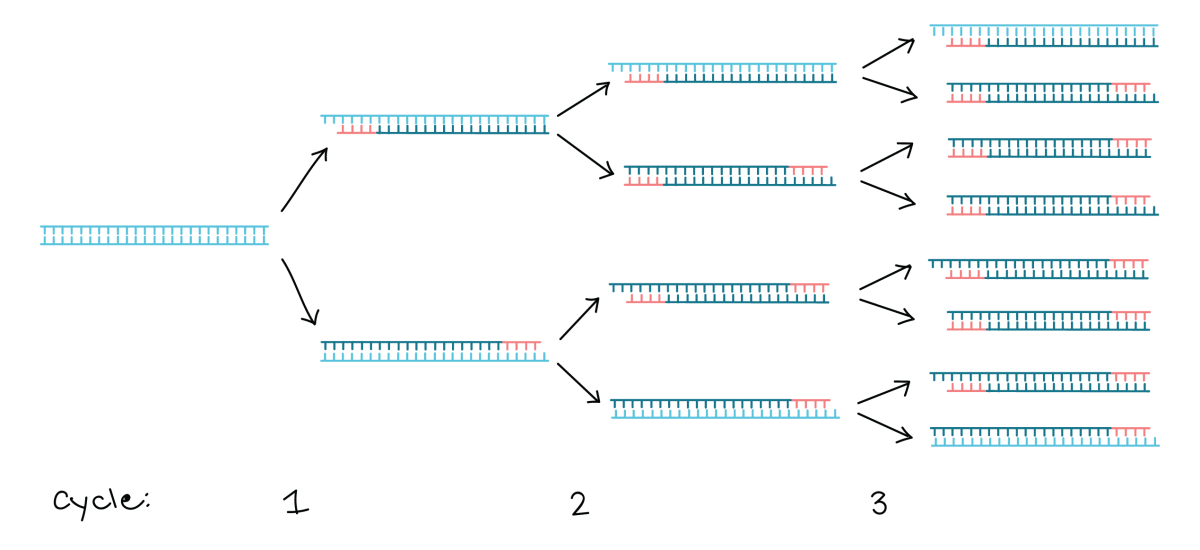Polymerase chain reaction uses DNA polymerase for amplifying the targeted portions of the deoxyribonucleic acid. The amplified sequence of DNA can be analyzed after that with the help of Southern hybridization.
Primer construction
- It is crucial to have knowledge about the nucleotide sequence of the short segments, which are present on all the sides of the DNA.
- The sequences are responsible for constructing oligonucleotides, which are single-stranded, and have a length of 20-35 nucleotides.
- These oligonucleotides are responsible for functioning as the primer in a polymerase chain reaction.
Denature the deoxyribonucleic acid
The deoxyribonucleic acid is heated for separating the double-stranded DNA into the single strands.
Annealing
The strands, which are separated, are cooled and are permitted to anneal to two primers.
Chain extension
- Deoxyribonucleoside triphosphate and DNA polymerase are normally added to a mixture for initiating the synthesis of the two chains, complementary to the original chains of DNA.
- DNA polymerase is responsible for adding nucleotides to 3’-hydroxyl, which are responsible for the growth of the strands.
- After the replication of one cycle, this mixture is heated once again for denaturing each and every DNA strand.
- The DNA strands bind complementary primers, and the entire cycle of the chain extension repeats.
- Almost 30 cycles run during the amplification of DNA.
- Polynucleotides, which are newly synthesized, are responsible for acting as templates, which are necessary for the other cycles.
Advantages associated
A polymerase chain reaction is extremely sensitive and hence, the sequences of DNA, which are present in the cells, can be easily amplified. The amplification, as well as isolation of a certain DNA sequence by a polymerase chain reaction, is not only fast but it is also less difficult in comparison to the other methods of cloning, by making use of the technique of recombinant DNA.
PCR tubes
A PCR tube is made up of polypropylene, of high quality, which is specially formulated. The PCR tubes can be used for thermal transfer application. The cap design is unique, which guarantees a perfect fit, thereby preventing evaporation during thermal cycling. The tubes can also eliminate the risk associated with irritating fingers or snagging gloves. Given below is a list of the features of the PCR tubes that you should know about.
- They can be opened and closed easily.
- The frosted surface of writing, as well as external graduations, are responsible for helping in the identification of the sample.
- Certified DNase free.

Applications of polymerase chain reaction
- PCR helps in the detection of the HIV virus, which is otherwise extremely difficult to detect.
- PCR helps in isolating DNA from only one human hair, and it is enough for determining whether a particular sample comes from one individual.
- PCR helps in the synthesis of mutant DNA without cloning the DNA, which has been altered.
Conclusion
Most people do not have sound knowledge about the polymerase chain reaction, and how they work. You need to consider everything that has been mentioned above so that it becomes easier for you to understand the process as well as the applications of a polymerase chain reaction.



